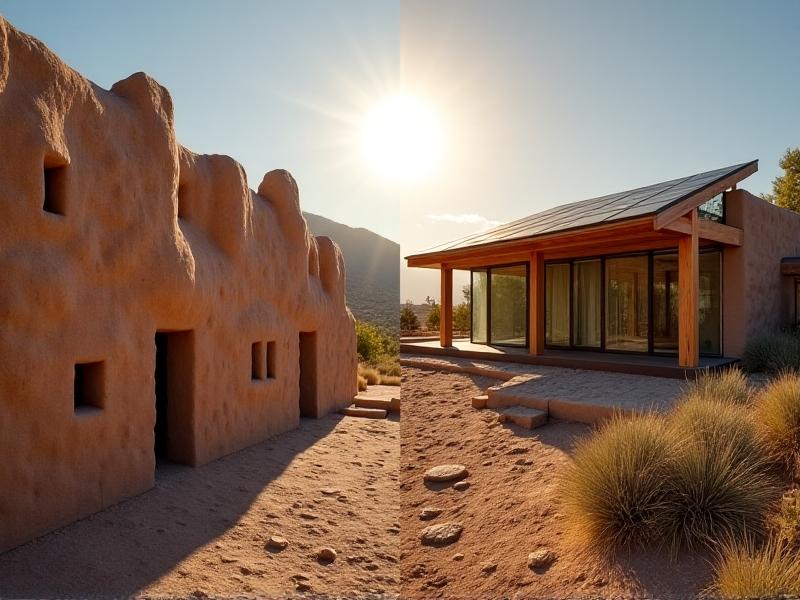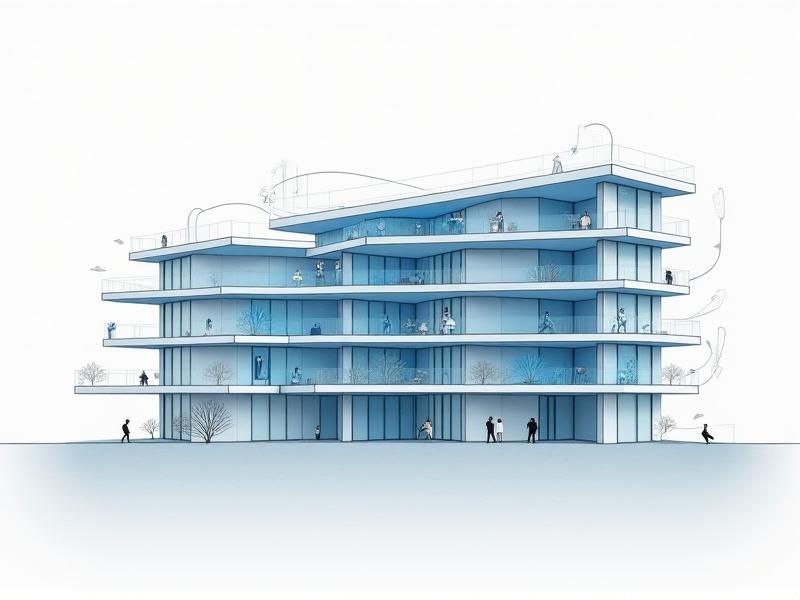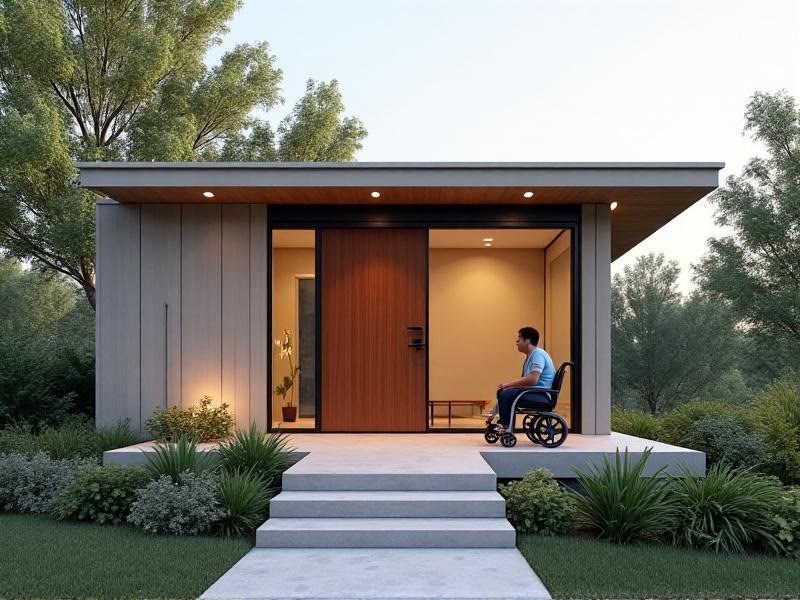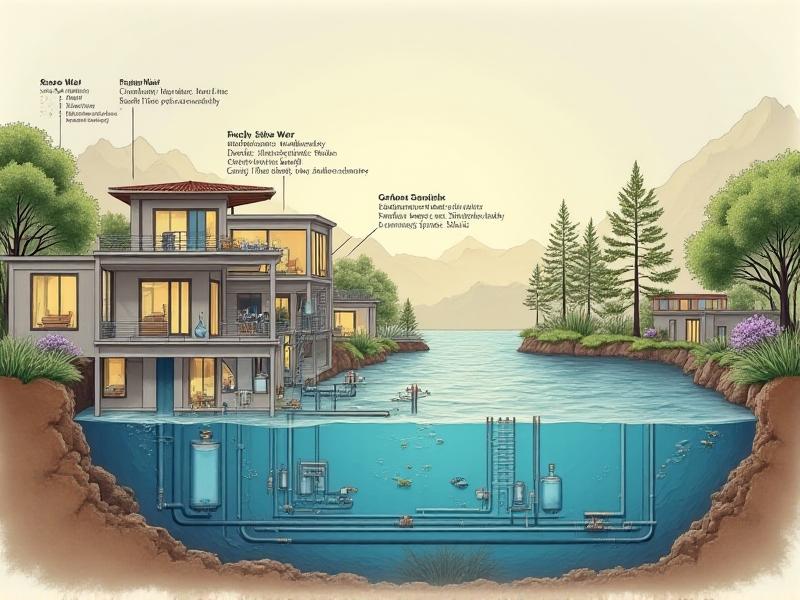Thermal Mass Heating Strategies
Understanding Thermal Mass and Its Role in Heating
Thermal mass refers to materials that absorb, store, and slowly release heat, playing a critical role in stabilizing indoor temperatures. Unlike insulation, which resists heat transfer, thermal mass acts as a buffer, absorbing excess heat during the day and releasing it at night. This principle has been used for centuries in structures like adobe homes and stone buildings, where thick walls regulate temperature fluctuations. In modern architecture, integrating thermal mass reduces reliance on mechanical heating and cooling systems, aligning with sustainable design goals.
Effective thermal mass strategies depend on material selection, placement, and climate considerations. For example, in sun-drenched regions, materials like concrete or brick positioned in sunlit areas can capture solar energy efficiently. Conversely, in cooler climates, thermal mass must work synergistically with insulation to prevent heat loss. The success of these systems hinges on balancing heat absorption and release rates to match daily and seasonal cycles, creating comfortable living environments while cutting energy costs.
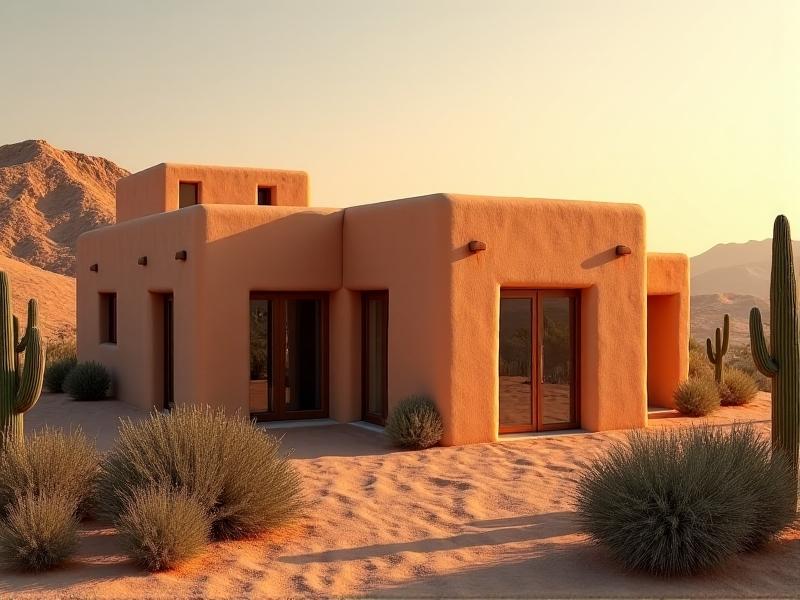
The Science of Heat Storage and Release
Thermal mass operates on principles of specific heat capacity and thermal lag. Specific heat capacity measures how much energy a material can store per unit of mass, with dense materials like concrete excelling in this regard. Thermal lag refers to the delay between heat absorption and release—critical for aligning warmth with cooler evening temperatures. Together, these properties enable materials to act as thermal batteries, smoothing out temperature swings caused by intermittent sunlight or heating systems.
The effectiveness of thermal mass also depends on surface area and conductivity. Materials with high conductivity, such as metal, transfer heat quickly but lack storage capacity. In contrast, masonry or water, with moderate conductivity, release heat gradually. Architects often combine conductive and resistive elements, like pairing stone floors with insulated walls, to optimize heat distribution. Understanding these dynamics ensures thermal mass systems complement local climate patterns rather than working against them.
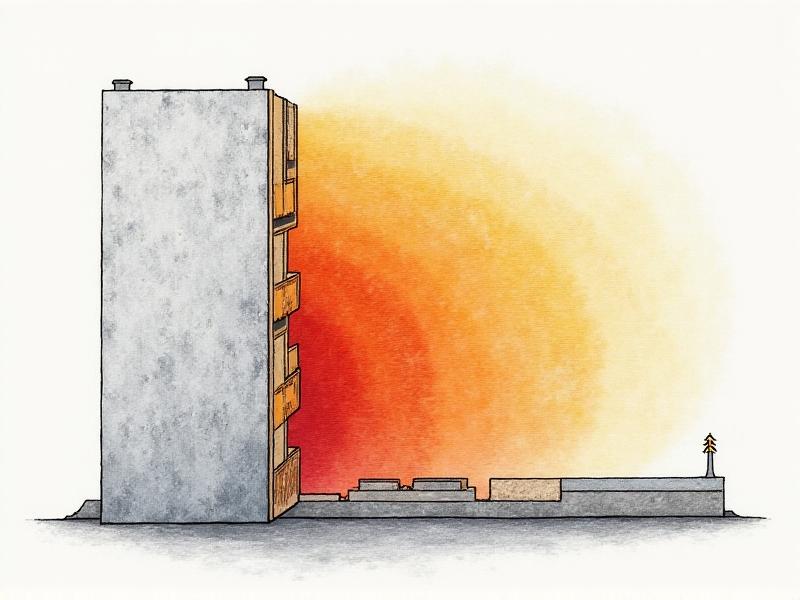
Common Materials for Thermal Mass Applications
Concrete, brick, and stone are traditional thermal mass materials due to their density and accessibility. Concrete slabs or walls absorb significant heat, though they require insulation to prevent undesired thermal bridging. Water, with its high specific heat capacity, is another potent option—water walls or rooftop ponds can store up to four times more heat per volume than masonry. Emerging materials like phase-change substances (e.g., paraffin wax) offer compact solutions by melting and solidifying at specific temperatures, ideal for space-constrained projects.
Earthen materials like rammed earth or adobe provide eco-friendly alternatives, leveraging local soils to minimize embodied energy. These materials excel in arid climates but may require stabilization in humid regions. For retrofitting, tile floors or strategically placed stone hearths can introduce thermal mass without structural overhauls. Each material’s pros and cons must align with a building’s design intent, climate, and energy goals to maximize efficiency.

Design Strategies for Optimal Heat Regulation
Effective thermal mass design starts with orientation. In the Northern Hemisphere, south-facing windows maximize solar gain, with thermal mass placed directly in the sun’s path to capture daytime heat. Nighttime insulation, such as heavy curtains, helps retain warmth. Open floor plans enhance heat distribution, while zoning separates areas with high thermal mass from those needing quicker temperature adjustments, like bedrooms.
Combining thermal mass with passive solar principles amplifies efficiency. Trombe walls—thick, glazed masonry structures—absorb sunlight and radiate heat inward. Similarly, sunspaces or greenhouses act as solar collectors, channeling warmth into adjacent rooms. For cooling, shaded thermal mass can absorb indoor heat, which is then vented at night. These strategies require careful modeling to account for seasonal sun angles and occupancy patterns.
Seasonal Adjustments and Maintenance Tips
Thermal mass performance varies with seasons. In winter, maximize solar exposure by trimming foliage and cleaning windows to enhance light penetration. Summer demands shading to prevent overheating—overhangs, deciduous trees, or retractable awnings block high-angle sun while allowing winter warmth. Thermal mass in shaded areas can absorb excess indoor heat, which is then flushed out via night ventilation.
Maintenance involves monitoring moisture levels, especially for materials like adobe or rammed earth. Sealing surfaces with breathable coatings prevents water damage without hindering thermal properties. For water-based systems, regular checks for leaks or algae growth ensure longevity. Smart thermostats can automate auxiliary heating or cooling, complementing thermal mass without undermining its benefits.
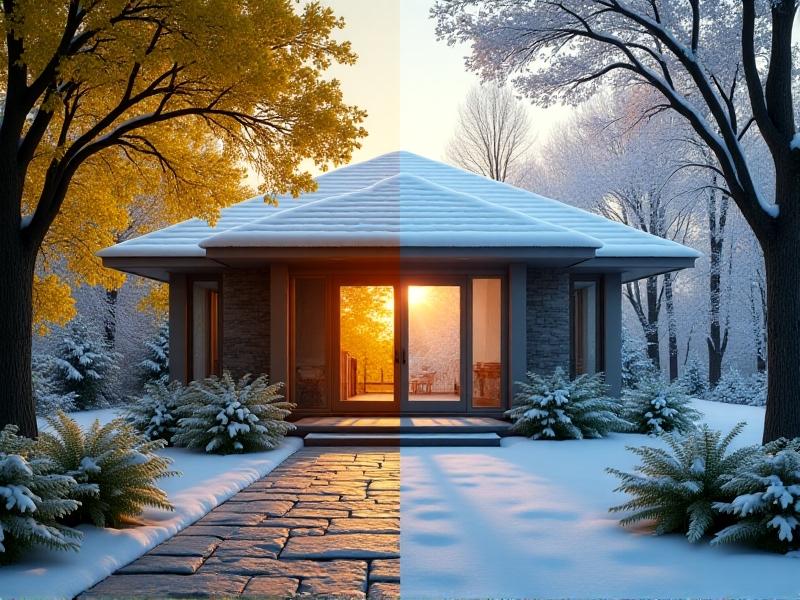
Case Study: Thermal Mass in Modern Eco-Homes
The Rocky Mountain Ecohouse in Colorado exemplifies thermal mass innovation. Its south-facing concrete walls absorb winter sunlight, while triple-glazed windows minimize heat loss. A central atrium with a water feature stores daytime heat, releasing it overnight. Summer cooling relies on cross-ventilation and earth tubes that precool incoming air. Energy bills dropped 40% post-construction, showcasing thermal mass’s potential in extreme climates.
Another project, the Desert Sol in Arizona, uses rammed earth walls and a shaded courtyard pool to combat 100°F+ summers. The pool doubles as thermal mass, absorbing heat during the day, while insulated roofing reflects sunlight. Nighttime radiative cooling through operable skylights maintains comfort without AC. Both projects highlight how localized design and material choices make thermal mass versatile across environments.
Challenges and Practical Solutions
Thermal mass can underperform if improperly integrated. In humid climates, moisture absorption may reduce efficiency—using vapor barriers or elevated foundations mitigates this. Overheating risks in summer require precise shading calculations; tools like sun-path diagrams or software simulations help optimize overhangs and glazing ratios. Retrofitting older homes often faces spatial limitations, but adding interior stone cladding or tiled floors introduces mass without structural changes.
Cost and material availability also pose hurdles. Locally sourced materials like stone or earth cut transportation emissions and expenses. Hybrid systems, combining thermal mass with radiant floor heating, offer flexibility in colder regions. Education is key—homeowners and builders must understand thermal mass’s long-term benefits to justify upfront investments.
Innovations and Future Trends
Phase-change materials (PCMs) are revolutionizing thermal mass by packing high energy storage into thin layers. Microencapsulated paraffin within wallboards melts at 72°F, absorbing excess heat and solidifying at night. Similarly, bio-based PCMs derived from plant oils offer greener alternatives. Smart materials like thermochromic windows adjust tint based on temperature, enhancing passive solar synergy.
Digital tools now enable real-time thermal mass optimization. IoT sensors track temperature and humidity, adjusting window shades or ventilation via AI algorithms. 3D-printed earthen structures promise customizable, waste-free thermal mass solutions. As net-zero goals gain urgency, integrating these innovations with renewable energy systems will redefine sustainable architecture.




